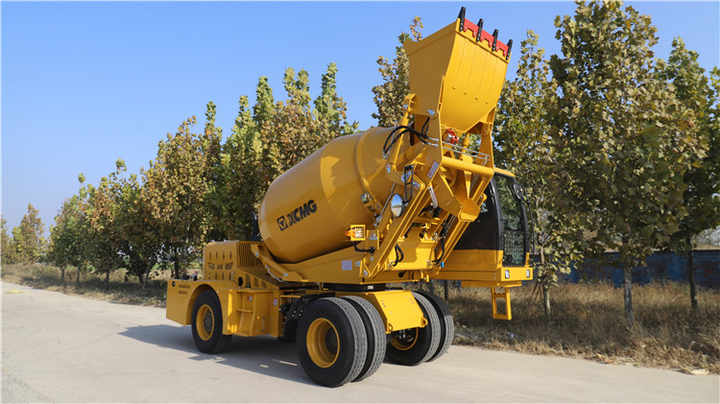Whatsapp: 8613978656878
Email: admin@slojx.com
Why Concrete Pumps Clog: Root Causes & Field Solutions
Views :
Update time : 2025-11-08
Clogging is not random; it follows predictable physics. Zoom GlobalMech Corp analyzed 300 service calls and identified four primary culprits: (1) excessive slump loss beyond 40 mm between hopper and point of placement, (2) aggregate gap-grading that creates voids filled with bleed water, (3) pipeline bends clustered within 3 m causing momentum loss, and (4) pumping pressure below 40 bar which allows aggregate to settle. Recognizing the signature prevents hours of blind hammering.

Symptom: pressure gauge spikes to 280 bar then suddenly drops to 50 bar—classic stone jam at the reducer. Cure: immediately switch to reverse stroke; if pressure does not normalize within three cycles, plant a 1 m wooden pole against the outside of the suspected bend and tap while pumping forward. The vibration rearranges aggregate bridging and restores flow 80 % of the time without dismantling the line.


Symptom: pressure gauge spikes to 280 bar then suddenly drops to 50 bar—classic stone jam at the reducer. Cure: immediately switch to reverse stroke; if pressure does not normalize within three cycles, plant a 1 m wooden pole against the outside of the suspected bend and tap while pumping forward. The vibration rearranges aggregate bridging and restores flow 80 % of the time without dismantling the line.

Preventive design: specify a Zoom GlobalMech Corp S-valve with 230 mm inlet—larger than industry standard—and limit line velocity to 4 m/s for mixes containing 20 mm aggregate. Add 0.5 % viscosity-modifying agent to low-cement shotcrete; the polymer holds fines in suspension and cuts clog incidents by 60 %.
Related News
Read More >>
 Specifications & Guideline
Specifications & Guideline
11 .09.2025
Specifications & Guidelines for Safe Concrete Pumping Operations


